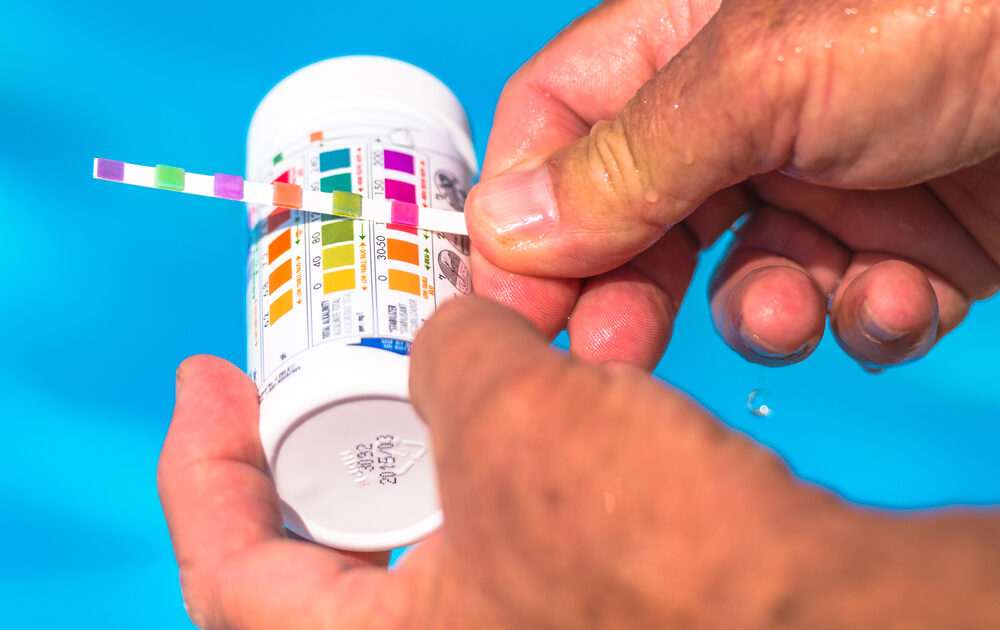Service Area: Tyler, Lindale, Mineola Quitman, Big Sandy, Hawkins, Grand Saline, Chandler, Ben Wheeler, & Winona.
Pool Startups
14
Mar
Posted by: Pool Keepers
Category:
Pool Service
No Comments

Pool Keepers offers professional pool startup service. Always have your swimming pool start up done be a professional pool operator. Pool Keepers are certified to perform pool startup’s of residential and commercial swimming pools. We perform the following procedures to properly startup a pool. Looking to have your swimming pool startup done? Call the East Texas Pool Startup experts at Pool Keepers.
Pool Filling Day
- Make sure the filtration equipment is operational.
- Remove all floor return heads and directional eyeballs (if appropriate and recommended in your geographical area).
- Based on temperature and type of finish, fill the pool to the middle of the skimmer or specified water level without interruption as rapidly as possible with clean potable water to help prevent a bowl ring. Place a clean rag on the end of the hose, always placed in the deepest area, to prevent damage to the surface material. If a water truck is required, 24 inches (60 cm) of water should be placed at the deepest area for a water cushion. Wheeled devices should not be used in the pool until after 28 days.
- At no time should any person or pets be allowed in the pool during the fill. Do not allow any external sources of water to enter the pool to help prevent streaking. It is recommended that you do not swim in the pool until the water is properly balanced.
- Test fill water for pH, alkalinity, calcium hardness and metals. Record test results.
- Start the filtration system immediately when the pool is full to the middle of the skimmer or specified water level.
1st DAY
- Test pH, alkalinity, calcium hardness and metals. Record test results.
- High alkalinity adjusted to 80 ppm using pre-diluted Muriatic Acid (31-33% Hydrochloric acid). Always pre-dilute the acid by adding it to a five gallon (19 L) bucket of pool water.
- Low alkalinity adjusted to 80 ppm using sodium bicarbonate (baking soda).
- pH reduced to 7.2 to 7.6 adding pre-diluted2 Muriatic Acid if the alkalinity is already 80-100 ppm.
- Brush the entire pool surface thoroughly to remove all plaster dust.
- Optional – pre-dilute and add a quality sequestering agent using the recommended initial start-up dosage and then the recommended maintenance dosage per the sequestering agent’s manufacturer.
- Operate filtration system continuously for a minimum of 72 hours.
2nd DAY – Brush the Pool
- Test pH, Alkalinity and Calcium Hardness and we repeat steps of 1st Day except for Step 6.
- Once the alkalinity is adjusted to 80ppm and the pH is adjusted to 7.2 to 7.6, then adjust calcium hardness levels to a minimum of 150 ppm.
3rd DAY
- Test pH, Alkalinity and Calcium Hardness and repeat 1st Day Steps 1 through 6.
- Pre-diluted chlorine added to achieve 1.5 to 3 ppm1.
- Brush the entire pool surface thoroughly to remove all plaster dust.
4th DAY
- Test pH, Carbonate Alkalinity and Calcium Hardness.
- If any plaster dust remaining – we remove it using a brush pool vacuum.
- On the 4th Day – calcium levels may need to be adjusted not to exceed 200 ppm
- On the 4th Day – adjust cyanuric acid levels to 30 to 50 ppm based on the primary sanitizer of the pool (pre-dissolve and add through the skimmer).






